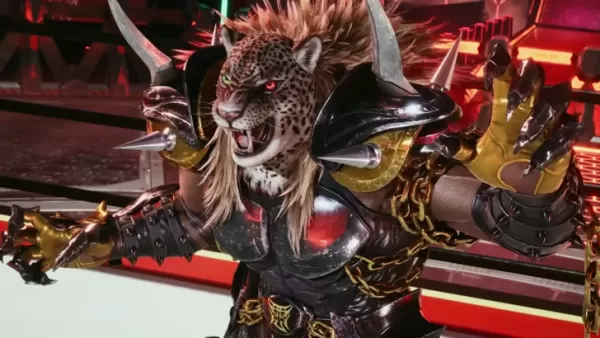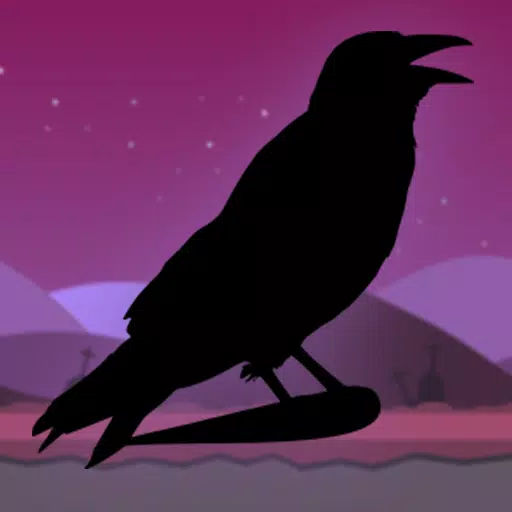Though filmmaker Ryan Coogler's latest project Sinners presents itself as a vampire thriller, its brilliance lies in meticulously recreating Depression-era Mississippi while using blues music – famously denounced as "the devil's soundtrack" – to illuminate its predominantly African-American ensemble. Michael B. Jordan delivers a powerhouse dual performance as brothers Smoke and Stack.
"Beyond its bloodthirsty predators, Sinners pulses with musical vitality – particularly through blues performances by Sammie (Miles Caton) and Delta Slim (Delroy Lindo) at the brothers' establishment," notes Eric Goldman in his glowing Sinners review for IGN. "Coogler transforms these performances into portals examining music's universal power to connect generations, often unconsciously. Vampire leader Remmick (Jack O'Connell) offers a compelling counterpoint through his Irish heritage – his ancestral folk music gradually assumes equal prominence alongside the blues soundtrack."
The film masterfully intertwines African-American blues and Irish folk traditions as narrative conduits exploring shared colonial trauma between humans and vampires. Goldman observes how the film's musical sequences establish Sinners as "musically adjacent" – allowing audiences to "witness how sound transcends time to immortalize its creators."
Recently, we spoke with Coogler about Sinners' musical tapestry, its breathtaking set pieces, and why vampire antagonist Remmick holds personal significance comparable to Black Panther's Killmonger. (This interview has been condensed for clarity.)
IGN: What narrative purpose does blues music serve for these characters?
Ryan Coogler: It's their full human experience distilled – body and soul coexisting. Unlike gospel's spiritual focus, blues embraces earthly struggles: pain, desire, anger. This music became their rebellion against oppression while celebrating their resilience. Church offers redemption; blues offers truth without pretense.
The juke joint becomes sanctuary – where sharecroppers transform into confident performers. Try radiating sexuality picking cotton all day. Impossible. But here? Their humanity shines unrestricted.
IGN: How does vampirism redefine community boundaries?
Ryan Coogler: My responsibility ends when audiences take ownership on April 18th. But personally? Writing Remmick surpassed even Killmonger's complexity.
Rather than introducing an established vampire coven, we wanted audiences to witness Remmick's leadership emerge organically. His surprising racial perspective – identifying with those he should theoretically oppress – creates fascinating tension. That inversion excited me creatively.
Essential Vampire Films Ranked
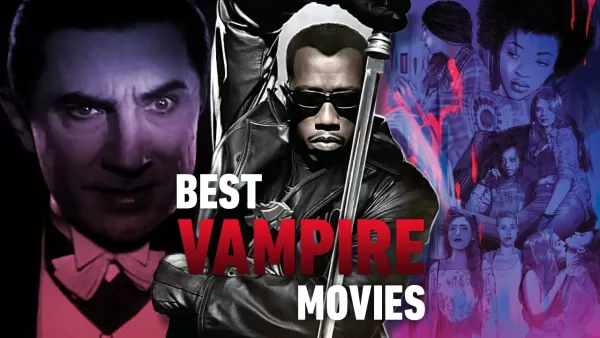

26 Images

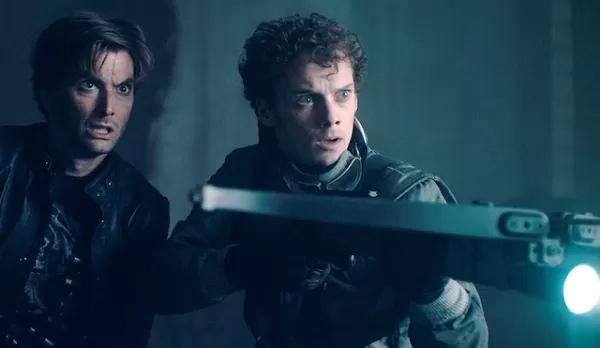
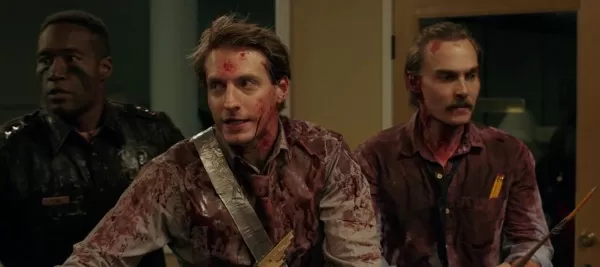
IGN: Both musical centerpieces dazzle – particularly their historical context.
Ryan Coogler: Exactly! Irish step dancing evolved from rebellion – its rigid posture conceals forbidden movement. Imagine Remmick wandering into 1932 Clarksdale recognizing kindred spirits across racial divides. That authenticity grips modern audiences conditioned to cynicism.
We're reviving that primal movie magic where dinosaurs materialized beside Jeeps – except here, it's cultural revelation through folk traditions.
Behind the Scenes: Sinners
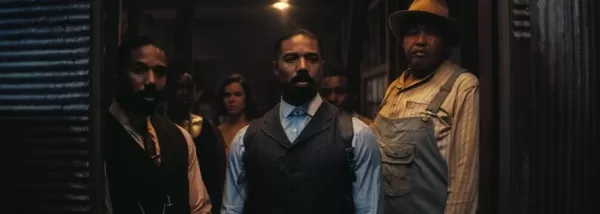
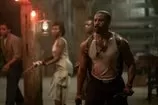
12 Images
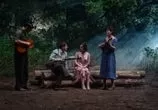


IGN: The joint's single-take sequence brilliantly demonstrates musical transcendence.
Ryan Coogler: Cinema uniquely conveys visceral awe. Witnessing mastery produces intangible euphoria – "shredding" venues or "destroying" performances are linguistic approximations.
That juke joint exists precisely because its patrons were denied self-expression elsewhere. Cinematic language lets us collapse generations – making audiences feel their grandchildren's eventual freedom reverberating through improvisational riffs.
IGN: The vampire sequence's Irish influences equally potent.
Ryan Coogler: Irish folk thrives on duality – mournful lyrics delivered exuberantly. That resonates profoundly with blues traditions born from agricultural oppression.
Both cultures weaponize music discreetly – coding resistance into melodies while invaders remain oblivious. When Remmick recognizes these parallels despite racial differences? That's authentic storytelling magic.




